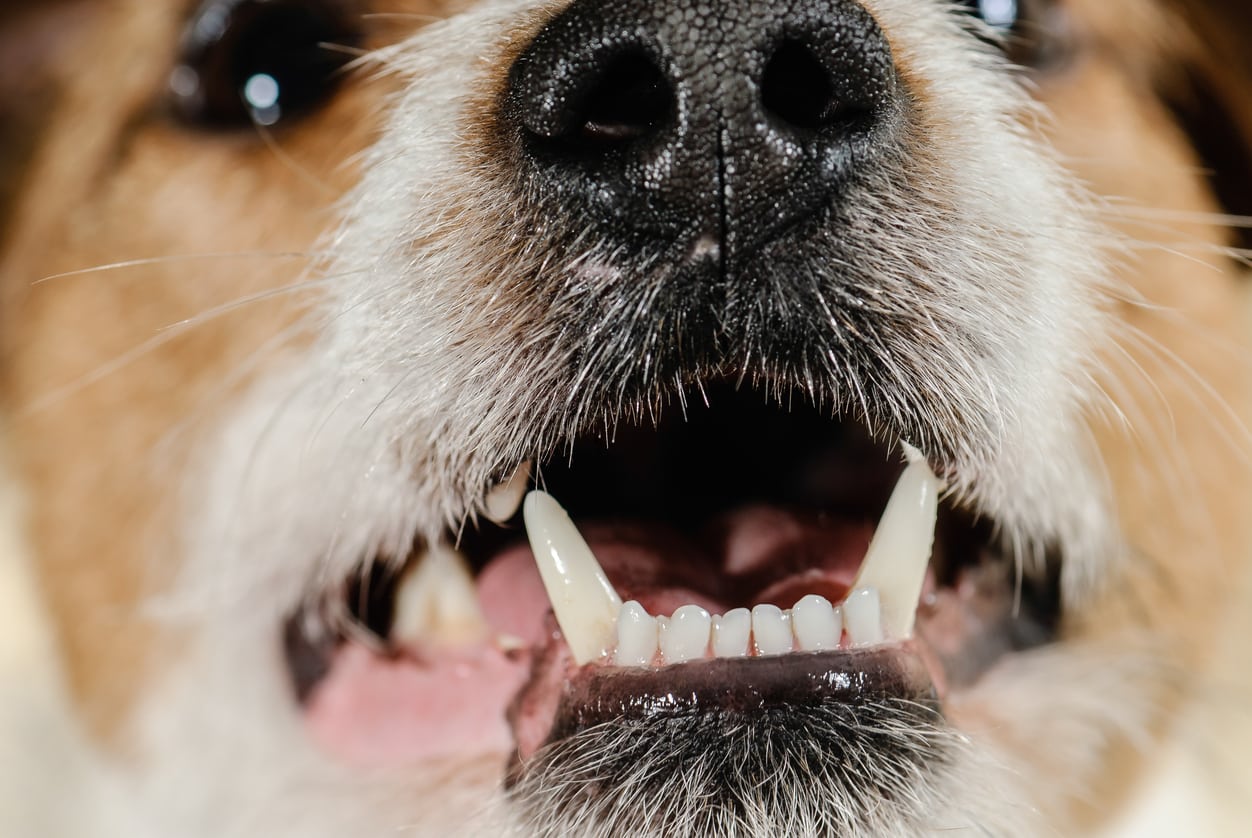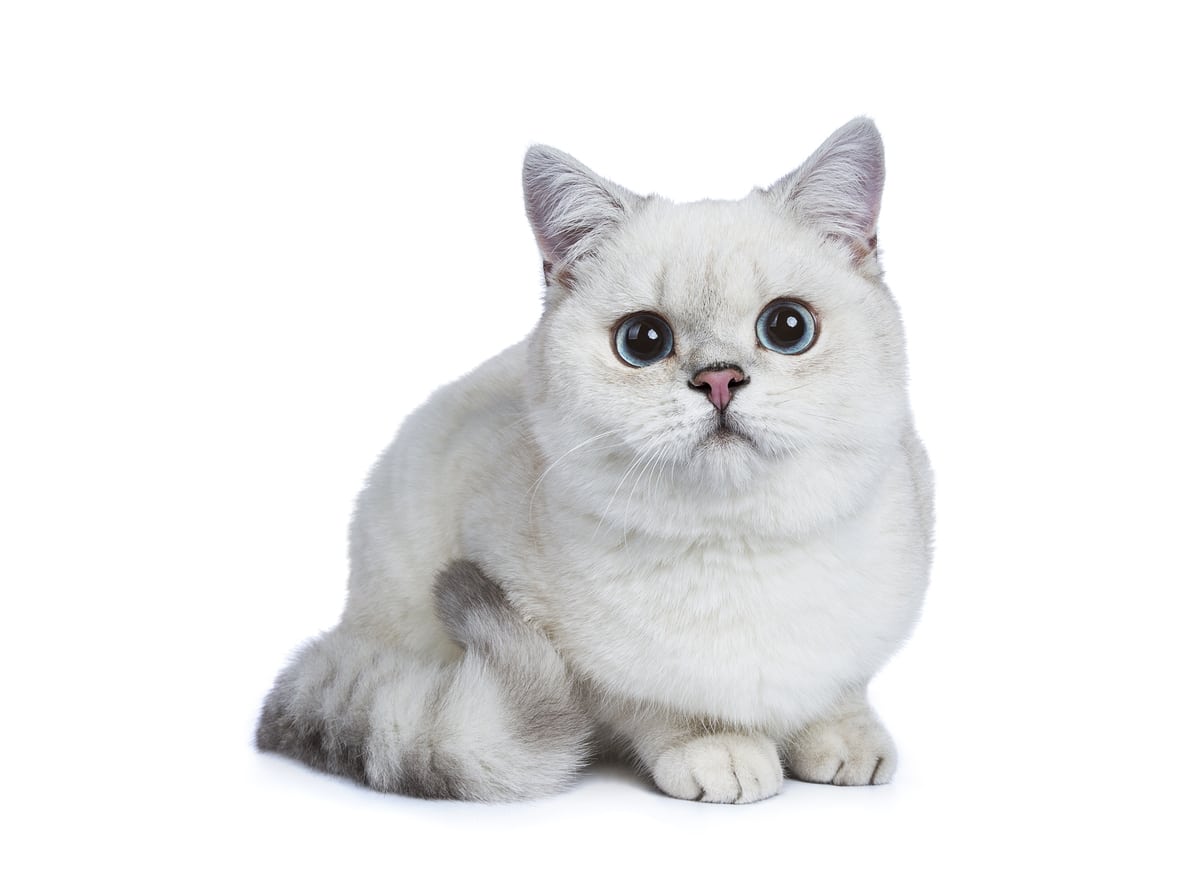Cat & Dog Mouth Diseases
Our veterinary dental specialists offer treatment for a wide range of cat & dog mouth diseases. Like us, companion animals can be prone to certain problems due to genetics, injury, or lack of routine dental care. Since your pet’s oral health is so important, we are pleased to be able to provide advanced care for a multitude of problems, some of which are listed below.
For more information about our services for treating cat & dog mouth diseases, contact us at (817) 431-8451.

Feline Gingivostomatitis
Stomatitis occurs in felines when their immune system overreacts to the presence of bacteria in the mouth. When plaque builds up on the teeth, it disperses bacteria. In the case of stomatitis, the immune system sends a large number of immune cells to attack the gum tissue. This results in severe inflammation and oral pain for the cat. Since the true cause of this disease is still unknown, full extraction of the affected teeth remains the most effective treatment.
Feline Perialveolar Osteitis
Feline Perialveolar Osteitis, also known as bulbous gingiva or gingival buttressing periodontal disease, appears as a bulging mass of gum tissue (gingiva) over the canine tooth. Osteitis is the inflammation of the bone. The tooth itself appears to stick out more prominently than normal. This condition can result in systemic disease, pain, lack of grooming, tooth loss, or even an oronasal fistula. An affected tooth can be saved if the condition is diagnosed before the tooth becomes significantly loose. The best treatment for this condition is to create a flap in the gum and recontour the bone and remove the area of inflammation.
Tooth Resorption
Tooth resorption is most common in cats. It is a pathological process in which the structure of the tooth breaks down, resulting in painful lesions that may be vulnerable to bacteria within the mouth. If one tooth in your pet’s mouth is currently affected, it is likely that other teeth are affected as well. Tooth resorption occurs when bone cells known as odontoclasts begin to resorb the surface of the tooth root. Its causes are as yet unknown, so extraction is usually the best course of action.
Gingivitis
Gingivitis is a mild form of periodontal disease in which the gums become red and swollen from plaque and tartar buildup. This condition is the result of poor dental hygiene and should be addressed with a full oral exam and dental cleaning to prevent it from progressing into periodontal disease.
Periodontal Disease
Periodontal disease occurs when bacteria from plaque and tartar spread under the gum line. This causes inflammation of the gums, severe pain, exposed tooth roots, potential tooth loss, and even bone loss. In its later stages, periodontal disease can cause irreversible damage. However, your pet’s quality of life can be greatly improved with treatment. Full-mouth X-rays and an oral exam can help us assess the extent of the damage and perform a thorough dental cleaning and carefully-planned extractions to clear out the infection. Even with missing teeth, your pet can still return to eating and playing normally.

Oral Tumors
There are various types of oral tumors, and they can either be benign or malignant. Occasionally, overgrowth of gum tissue (gingival hyperplasia) can be mistaken as a tumor. To properly diagnose an oral tumor, an exam and biopsy are essential. Regardless of how they are classified, they are best treated via surgical removal. As veterinary dental specialists, our team is well equipped to diagnose and treat oral tumors in dogs and cats.
Endodontic Disease
Endodontic disease occurs when the dental pulp (the inner tissues of the tooth including the nerves, blood vessels, and connective tissue) is damaged. This condition can either be treated with root canal therapy (if the tooth sustained minor damage) or with extraction (severe damage). To diagnose the condition of the tooth, we need to perform dental X-rays. This will help us decide which treatment will be best.
Malocclusion
A malocclusion is a bad bite, which occurs when the upper and lower jaws and teeth do not align and close together properly. Humans with this problem often need orthodontic devices such as braces or possibly even surgery to correct it. With pets, we are less concerned about aesthetic appearance and more about helping them eat, drink, play, and breathe without pain or risk of damage to the teeth or the soft tissues in the mouth. Extraction of baby teeth can correct this issue in some cases, but in others, we may need to use an inclined plane or braces to shift the teeth into the proper position. In some cases, crown reduction with vital pulp therapy can be performed to relieve the pain from occlusal trauma (teeth hitting soft tissue and causing damage). Occasionally, extraction of an adult tooth is the best treatment.
Retained Baby Teeth
Retained baby teeth may prevent adult teeth from erupting in the right position. Usually, this condition can be resolved by extracting the retained tooth, giving the adult tooth room to erupt correctly.




